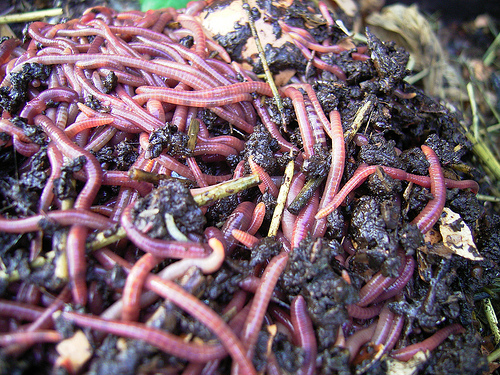Despite the El Niño, his lowland rice crops still reached harvesting stage with more filled grains and more seeds per panicle.

Bernardo Calilung, Magsasaka Siyentista of Farmers’ Information and Technology Services (FITS) Center in Tarlac City, proved that the combined application of vermicompost and vermitea can improve soil condition and agronomic performance of selected rice varieties.
Calilung’s farm in Barangay Amucao, Tarlac City was used as a Science and Technology-based farm (STBF) demonstration plot. The Tarlac College of Agriculture (TCA), Tarlac City FITS Center, Central Luzon Agriculture and Resources Research and Development Consortium (CLARRDEC), and PCARRD assisted Calilung during the STBF implementation.
Vermicompost and vermitea
Rice growers from near barangays visited Calilung’s farm during a field day on March 16. Calilung detailed the interventions he applied in his STBF including planting of recommended rice varieties (Penaranda, Mabango 1, and Tubigan 3); application of vermicompost during land preparation; application of inorganic fertilizer 5?7 days before panicle initiation; and application of vermitea as pesticide from transplanting time to panicle initiation at two weeks interval.
At the farm site, more filled grains per panicle were observed in rice plots using the STBF practice. The rice paddy soil was also moist compared to dry, cracked soil in the plot using his existing practice. Calilung remarked that he was surprised with the results. He attributed these to his use of of vermicompost, which according to him, is a good soil conditioner and retains more moisture. He also uses vermitea, which contains more beneficial microorganisms, thus enhancing the availability of nutrients to his plants.
Vermicompost is a form of composting using worms. It is usually mixed directly into the soil or made into vermitea by soaking some vermicompost in water for at least 24 hours. According to Dr. Cielito A. Beltran of TCA, vermicompost and vermitea, when used as fertilizer and pesticide, respectively, can increase rice productivity up to 28%.

